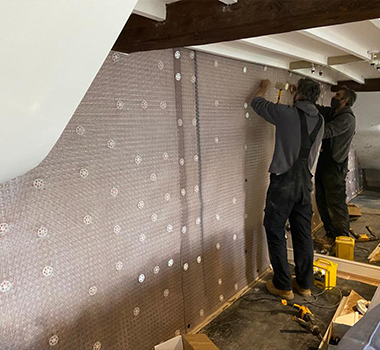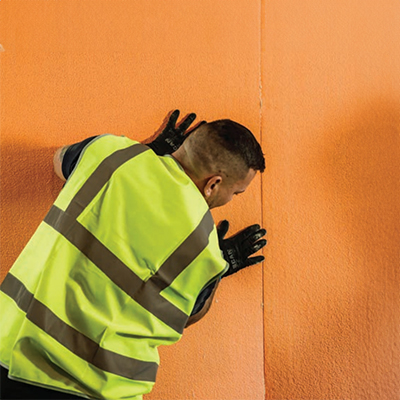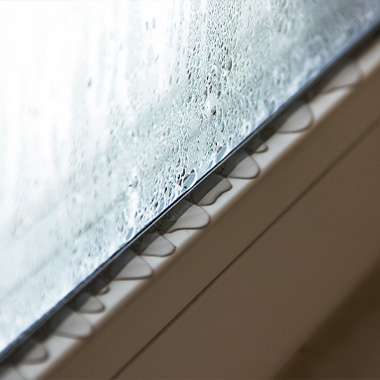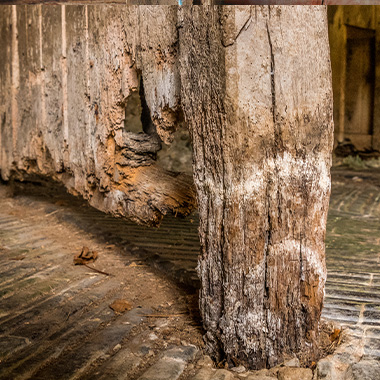Basement Tanking Specialists
Property Conservation Services provide waterproofing treatments and basement tanking solutions to upgrade existing basement rooms, waterproof new buildings or convert damp, unused spaces below ground into dry habitable rooms.
We are leading experts in below-ground waterproofing and our treatments include basement tanking, cellar tanking, basement wall tanking and more. We are fully equipped to deal with all basement tanking and waterproofing systems and offer a full range of treatments to meet your needs whether that is a complete tanking system or repairs to damp walls.
Our structural waterproofing treatments are guaranteed for 10 years and are an excellent method for maintaining or utilising below ground spaces. Tanking a cellar or basement can not only be a cost-effective way of increasing living space, but also can appreciate the value of a property.
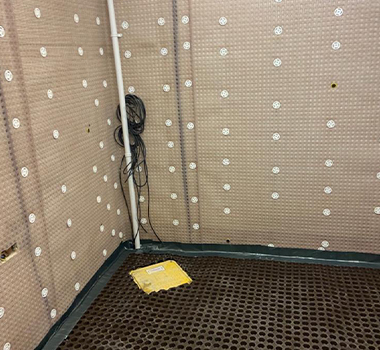
Structural Tanking Systems
The two types of waterproofing system commonly used in existing structures are:
Adhered waterproof membranes or “Type A” waterproofing systems are commonly multi-coat renders, cement-based coatings, bituminous paints or epoxy coatings. This form of waterproofing provides an unbroken barrier to water. These systems are applied to clean walls and floors and are usually protected and held in place by floor screeds, renders, plasters or other “loading coats”.
Cavity drainage systems or “Type C” waterproofing usually utilise pre-formed high-density drainage membranes, channels and sumps. These are designed to direct any water entering the structure back out in a controlled and managed way.
Typically, cavity drain membranes are installed to the walls and floors and these direct water into drainage channels. The channels then allow water to be directed to sumps or drains so that it can be removed safely from the building.
Members of the PCA who specialise in structural waterproofing are able to consider the nature of the building and the client’s design requirements to ensure that the correct method of waterproofing is selected and executed to the highest standard.
Case Studies
Basement Conversion Oxford – How it Works

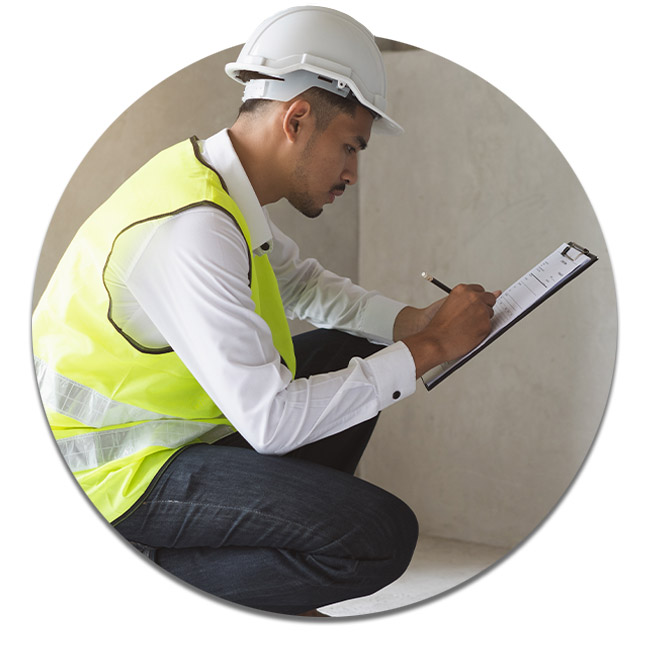
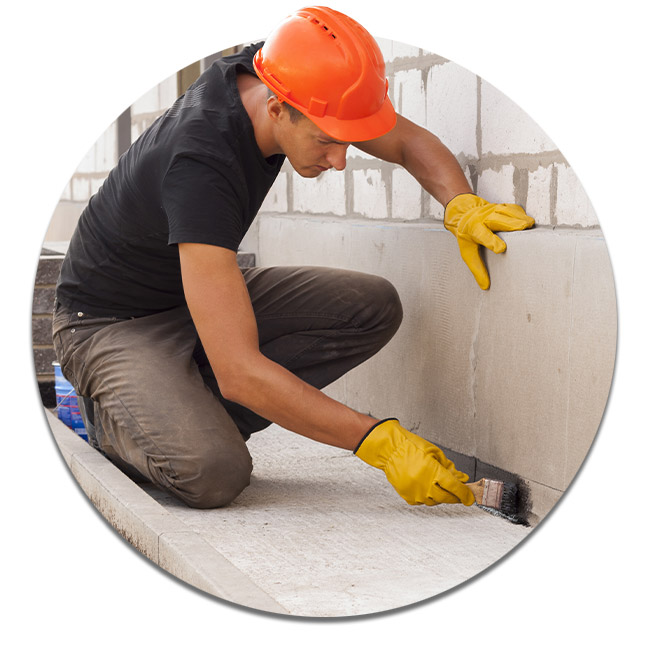
Basement Tanking Specialists Near Me
With those trying to raise the value of their properties by converting their basement into a habitable space, these below-ground spaces are at risk from water permeating the walls.
Our experienced teams can place a waterproof barrier to protect the inside space of your basement. This is often the first, and most important, step in converting your basement into a useful living space. We use a waterproof membrane which is suitable for all types of below-ground structures.
With a specialist surveyor, you’ll get a waterproofed basement designed with the prime purpose of protecting your property from outside water keeping your habitable living space dry.

